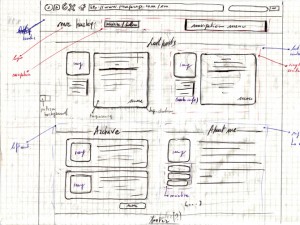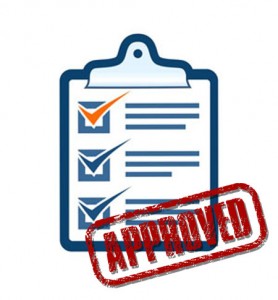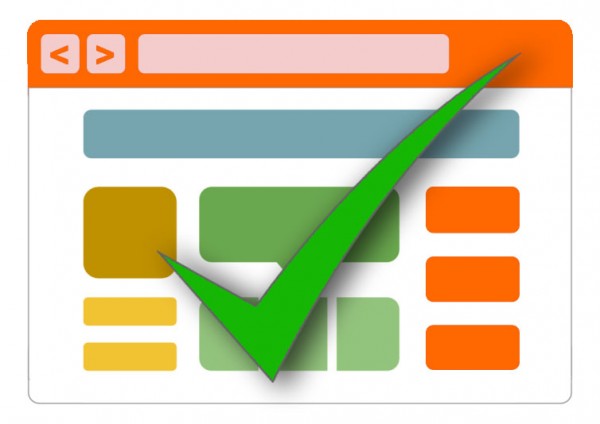Website and Business Development Aspects of a Startup
There’s no such thing as a “one size fits all” SEO campaign. In much the same way that your business offers something different from your competitors, your search engine optimization efforts should also be individualized according to your unique needs. Delivering targeted SEO efforts for our clients is one of the things that set eVisible apart from our competitors and it’s something you should consider in everything you do with your website.
Much the same is true when it comes to developing the code and design elements on your website. You need to apply analytical thinking when it comes to how you create and deploy your website. Even experienced web developers can make mistakes that can impact the ability of their website to perform its best. Here are a few things that you should consider:
Start Small: Instead of launching your website with a huge set of features, start small with a clean, basic layout and design. You can always build it out as your business grows by choosing individual elements to add that have been carefully developed and beta tested.
Keep Your Code Flexible: While your platform doesn’t need to be completely scalable from the start, you also don’t want it to be so inflexible that making additions or changes in the future is impossible.
Make Your Code Easy to Deploy: Instead of trying to create a site based on the limitations of your code, work from the opposite direction and plan your features and try to come up with easily-implementable code that will get these features to happen.
Launch Your Website at the Right Time: Don’t rush your website to go live if the elements aren’t all in place. If customers come to your site and have problems with it, chances are they won’t be repeat customers.
Focus on the Customer: Think about how you can create a website that meets your customers’ needs. This should be more important than implementing any one piece of code.
Along with these code-based tips, there are other elements to remember as you start your business. eVisible – Internet Marketing Firm – can help you with this along with all other aspects of getting your company off the ground. A few things to consider include:
Focus on Big Picture Problems: Instead of developing a product or service that fills a niche need, try to make sure you have a model in place that will attract the largest amount of people possible.
Stay Involved…But Not Too Involved: No matter what your role is in the company, you need to know about every aspect of how the business is operating. At the same time, you need to let the experts that you hire or contract with take the lead in their areas of expertise.
 Posted on February 26, 2014
Posted on February 26, 2014
 Posted on December 18, 2013
Posted on December 18, 2013
 Posted on October 21, 2013
Posted on October 21, 2013
 Posted on September 9, 2013
Posted on September 9, 2013
 Posted on August 1, 2013
Posted on August 1, 2013